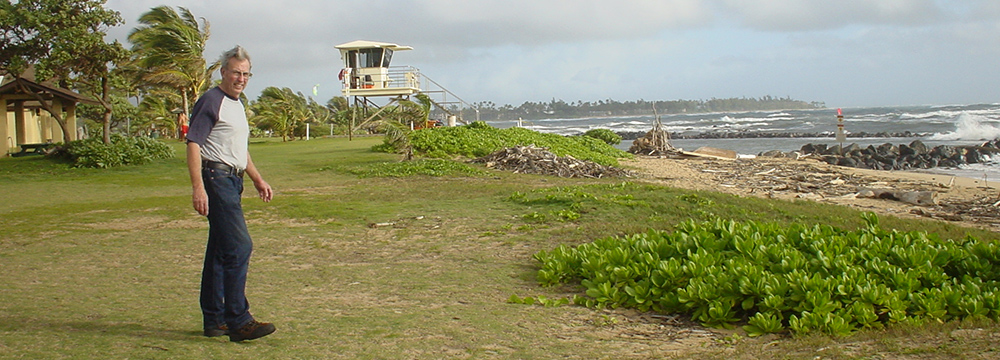Hebrews 9:1–10
Find a quiet place, alone and apart from distractions. Be comfortably alert, still, and at peace. Say the Lord’s Prayer. Sing or cant the Jesus Prayer. Pray for family, friends, neighbors, and yourself. Slowly and carefully read the passage of Scripture.
1. Reminder: the unknown writer of Hebrews is writing to a Jewish Christian audience, and it is most likely he or she, or a husband-and-wife team, but the author(s) is Jewish.
2. The focus of this first part of chapter 9 is the “earthly holy place,” that tent or tabernacle wherein God dwelt while the people of Israel, and for forty years, were wandering in the wilderness. The “Temple,” Solomon’s, would not be built for another five hundred years, and which was destroyed in 587 BCE. What came to be known as Herod’s Temple would be begun when the captives came back to Israel about 530 BCE. This was the temple in Jesus’ day.
3. That tent in the wilderness had a court about it, a space where people would gather. Then the single tent contained two rooms, one the Holy Place and the other the Most Holy Place. The Holy Place was twice the size of the Most Holy Place, and the two were separated by an ornate and thick curtain or vail.
4. Ordinary priests, of the tribe of Levi, entered the Holy Place often, carrying out the offerings and sacrifices we read about in Exodus, Leviticus, and Numbers.
5. The Most Holy Place, wherein were the stone tablets upon which the 10 Commandments were written and the “Mercy Seat” flanked by representations of magnificent angels, the high priest of Israel entered once a year, on the Day of Atonement otherwise known as Yom Kippur. He sprinkled the blood of a sacrificial bull and later blood of a sacrificial lamb, thus atoning for his sins and the sins of the people. This ceremony would take place every year.
6. Now then, the author of Hebrews understands that the way into the holy places are not yet opened; at this point in history there is no Temple, 80 to 95 CE, there is no holy place. Israel is then without hope.
7. Paul, in referring to the above, put it this way in his letter to the church at Colossae: “These are a shadow of the things to come, but the substance belongs to Christ.” And by this he means that the earthly holy place pointed ahead prophetically to another Temple, a New Covenant, wherein Jesus Christ is the great high priest.
